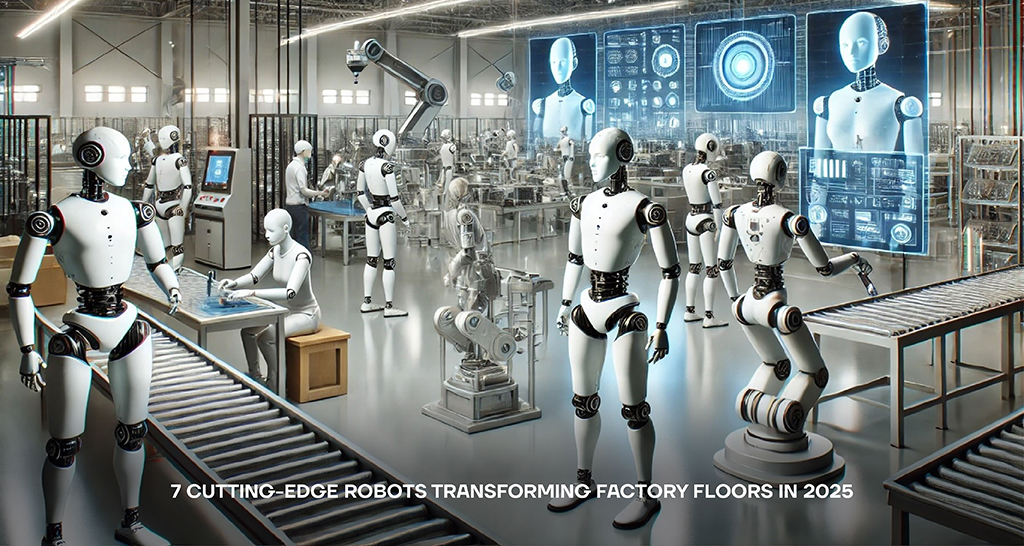As we progress into 2025, the incorporation of robotics within manufacturing facilities is achieving remarkable levels. With the evolution of artificial intelligence, machine learning, and automation, a new generation of intelligent robots is transforming production methods across various sectors. Below are seven innovative robots that are redefining factory operations this year.
- Boston Dynamics’ Stretch
Stretch is a mobile robot specifically engineered for warehouse operations, capable of unloading trucks and transporting heavy boxes with exceptional accuracy. It employs computer vision and suction-based grippers to manage a diverse range of packages without requiring specialized programming for each individual task, thereby enhancing efficiency in logistics and fulfillment centers.
- FANUC CRX Series Collaborative Robots
FANUC’s CRX collaborative robots are transforming the landscape of human-robot interaction. Designed to operate safely alongside human workers, these robots efficiently perform repetitive tasks such as assembly, material handling, and inspection. Their user-friendly programming and rapid deployment capabilities render them particularly suitable for small to medium-sized manufacturing enterprises.
- ABB GoFa
ABB’s GoFa is engineered to enhance efficiency in compact environments. Featuring user-friendly programming and state-of-the-art safety mechanisms, GoFa facilitates operations such as electronics assembly and packaging. Its rapid and accurate movements position it as one of the most desirable collaborative robots in 2025.
- OTTO Motors’ OTTO 1500
Autonomous Mobile Robots (AMRs), such as the OTTO 1500, are revolutionizing intralogistics. This robot can transport substantial loads of up to 1,500 kg and navigates factory environments without the need for fixed infrastructure, thereby enhancing the efficiency of raw material and finished goods movement.
- Yaskawa Motoman HC20XP
This robust collaborative robot is highly effective in tasks that demand both power and accuracy. With an IP67 rating, it is capable of operating in challenging environments, and its 1.7-meter reach makes it ideal for extensive assembly and machine tending operations.
- KUKA’s LBR iisy
Combining versatility and strength, the LBR iisy is engineered for rapid reconfiguration and dynamic manufacturing environments. Equipped with sensitive force sensors, it can manage fragile items and collaborating closely with human workers, thereby improving adaptability on the production floor.
- Universal Robots UR30
The recently introduced UR30 by Universal Robots enhances the company’s tradition of adaptable automation. It accommodates greater payloads while ensuring precision and safety, facilitating the automation of more intricate tasks in confined work environments.
These robots transcend mere functionality as they serve as intelligent partners. By alleviating labor demands, improving consistency, and boosting productivity, they are shaping the factories of tomorrow. Manufacturers that embrace these advancements are securing a considerable advantage in terms of speed, quality, and flexibility.

